I had to say goodbye to my Folly Cottage in Haworth, board the Brontëbus one last time and one train later I arrived in York. I stayed a bit outside the city centre and walked through Rowntree Park towards the city walls.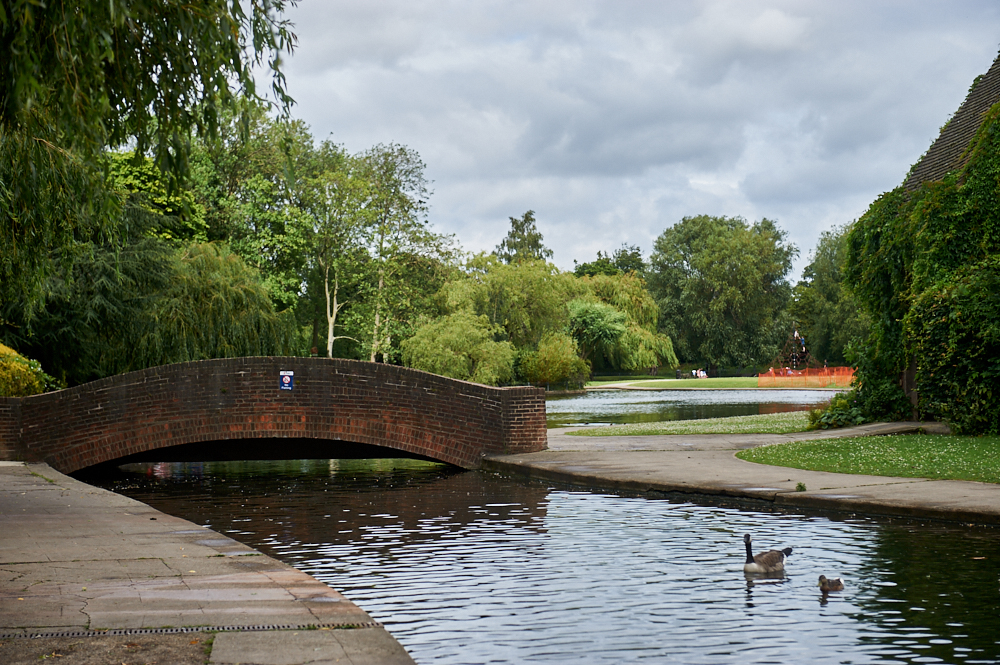
Situated at the junction of two rivers York was founded by the Romans in 71AD and became the capital of “Britannia Inferior” and later of the kingdoms of Deira, Northumbria and Jórvík, a Vikings capital.
York City Walls
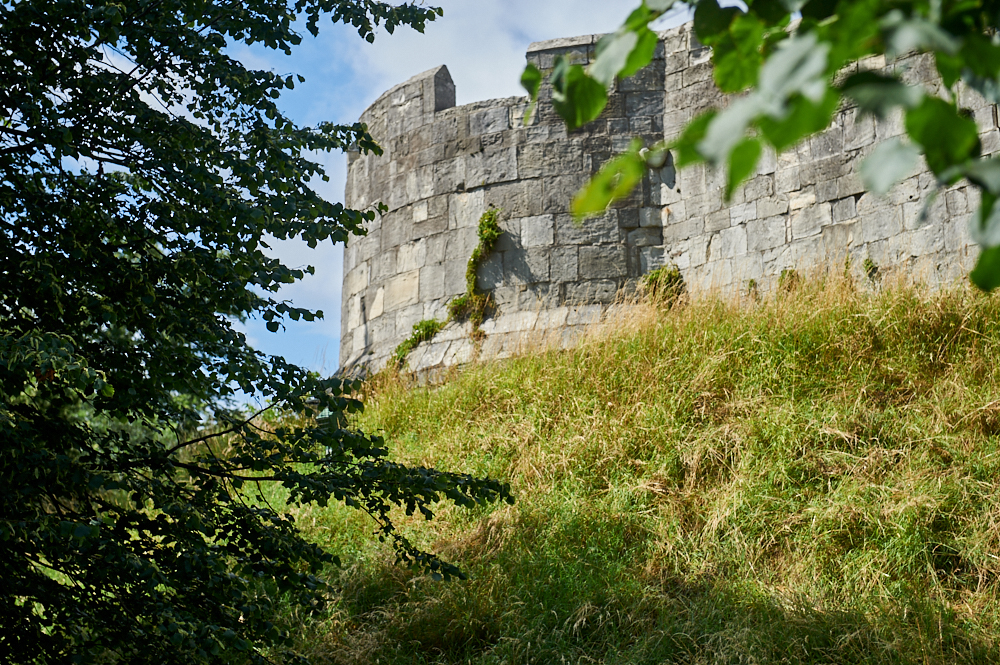
I started exploring York with a walk on the city walls starting at the Micklegate Bar – once the most important gateway into the walled city.
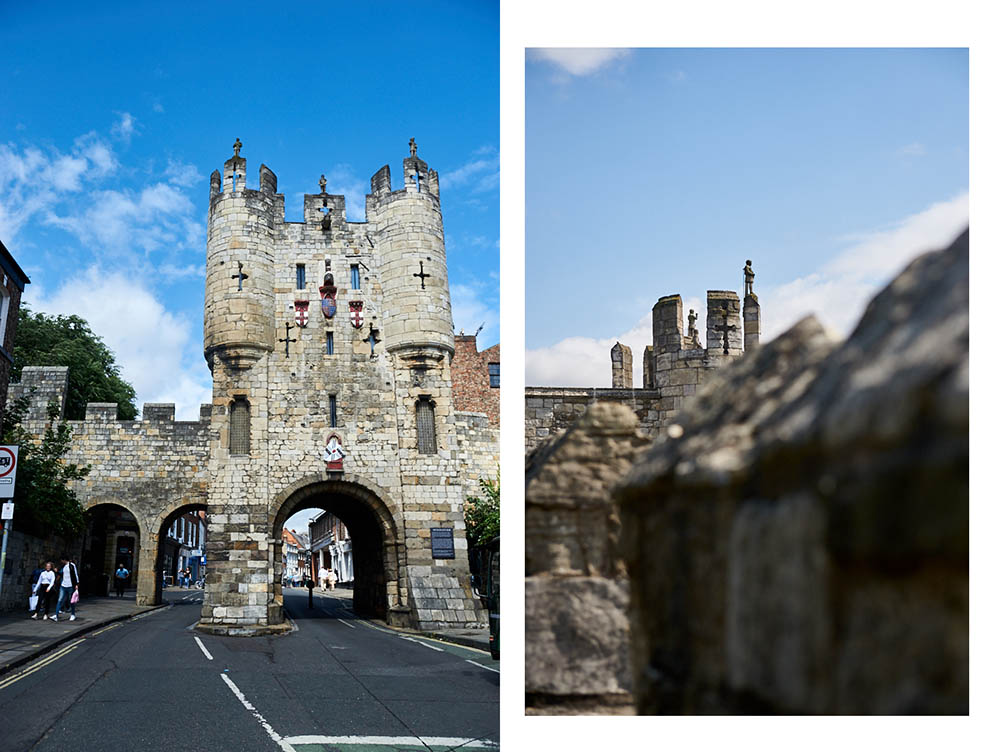
York had been defended by walls since the Roman times, even today some parts of the original Roman walls and the Multangular Tower are still visible and can be visited in the Museum Gardens.
The name of this four-storey-high gatehouse is from the Old Norse ‘mykla gata’ or ‘great street’, and leads onto Micklegate (‘gate’ is Norwegian for ‘street’ remaining from Viking influence in York). It was the traditional ceremonial gate for monarchs entering the city, who, in a tradition dating to Richard II in 1389, touch the state sword when entering the gate.
The lower section was built in the 12th century while the top storeys in the 14th; the original barbican was removed in 1826. (Wikipedia)
The two top floors were inhabited until the mid 20th century, today they house a small museum.
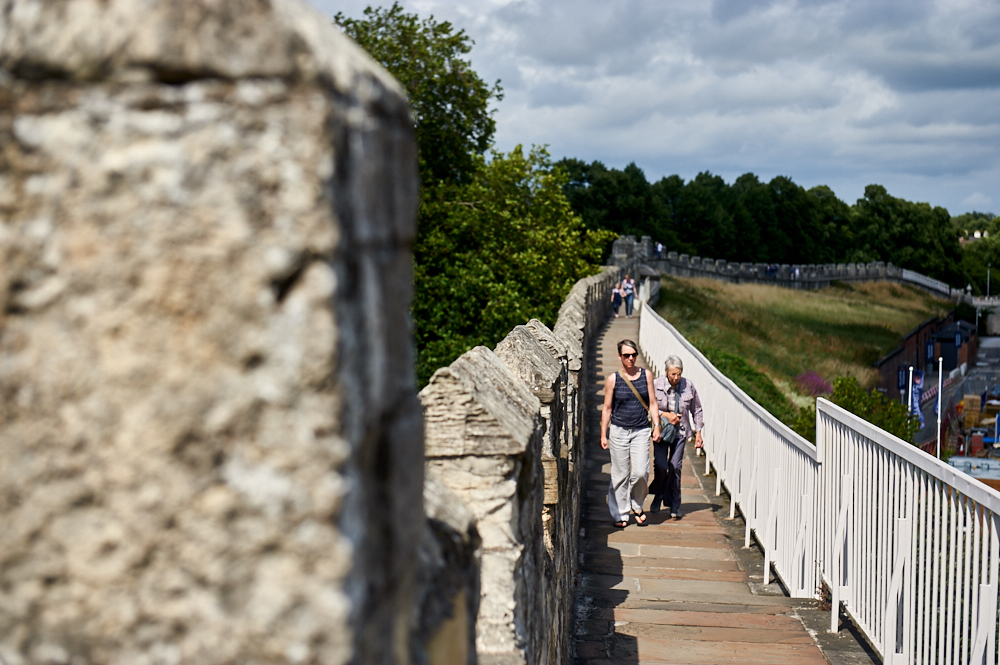
The Victorians restored the walls, widened the wall-walk and rebuilt some parts.
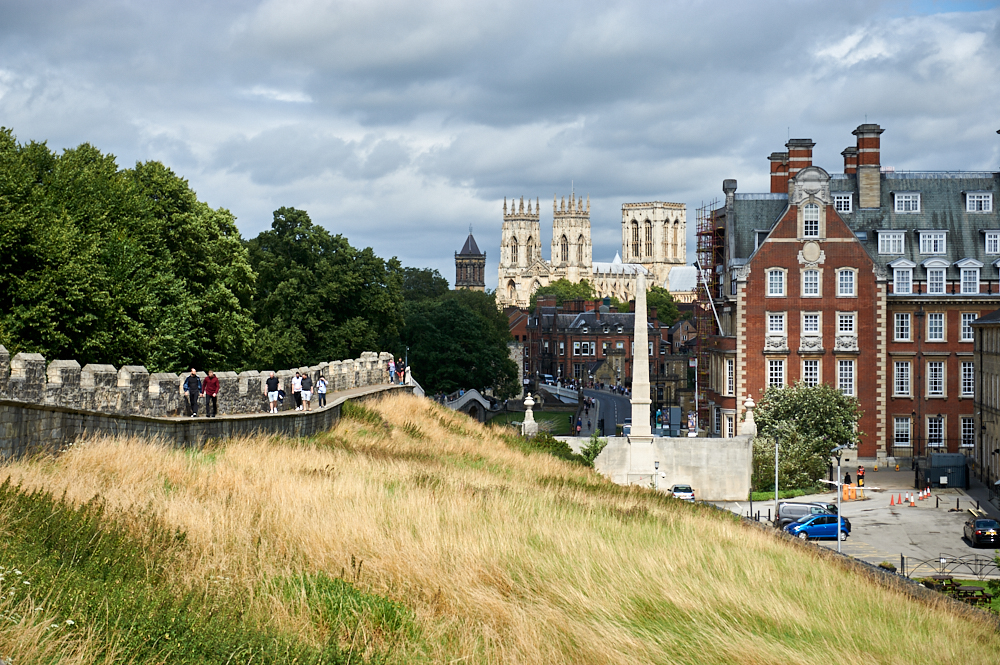
View of York Minster, the Gothic Cathedral, from the city walls.
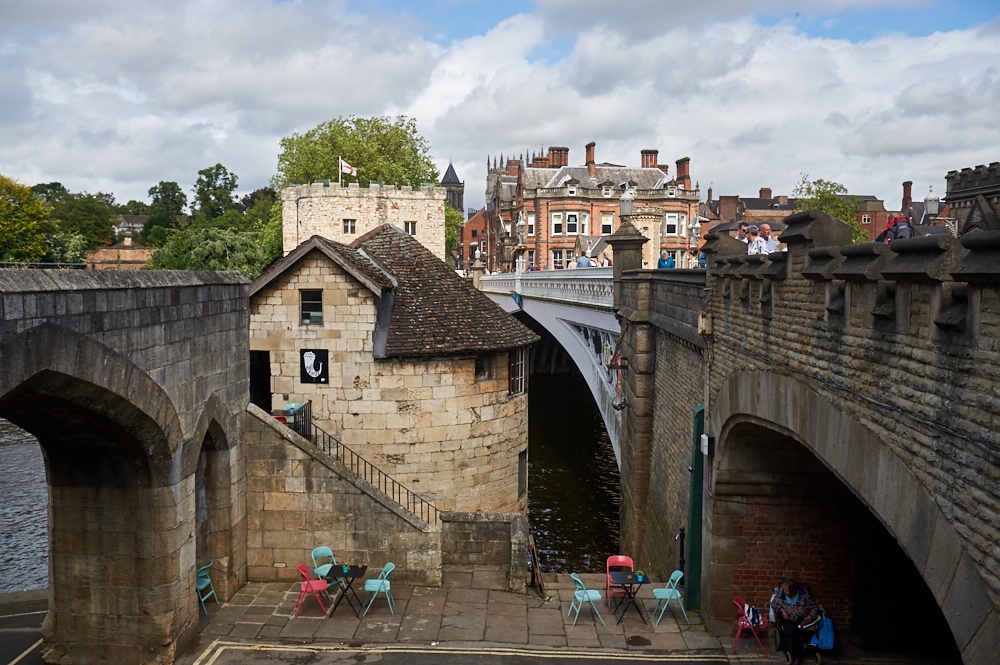
Museum Gardens
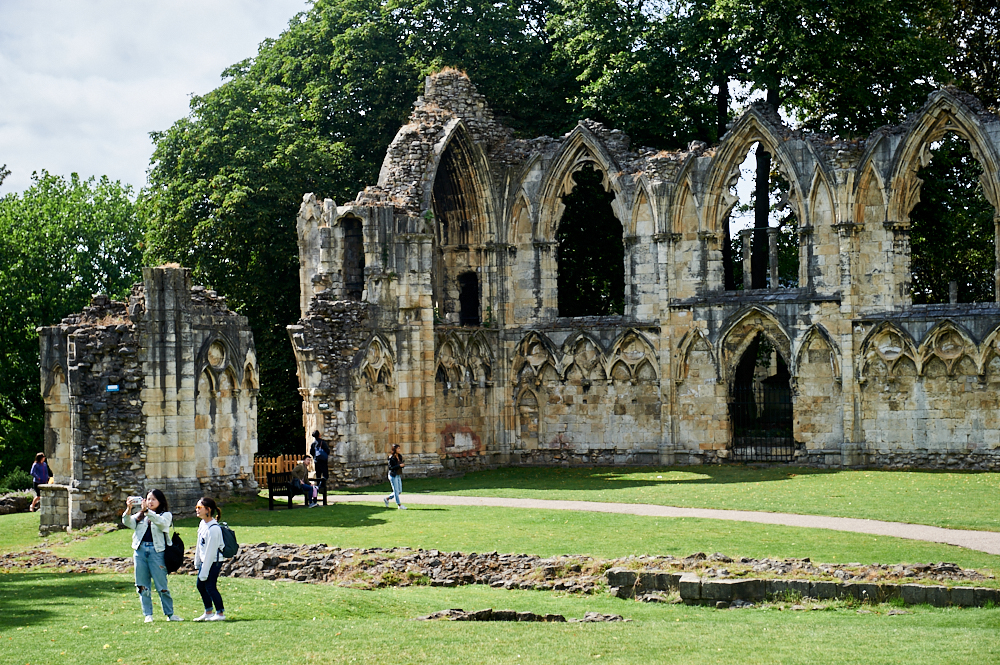
From the picturesque the Medieval ruins of St. Mary’s Abbey, the Multangular Tower and other stunning buildings there is much to see and to do in the Museum Gardens. And it´s also the perfect place to relax and take a breath. The city was quite full and after my quiet days in Brontë Country, I felt a bit overwhelmed.

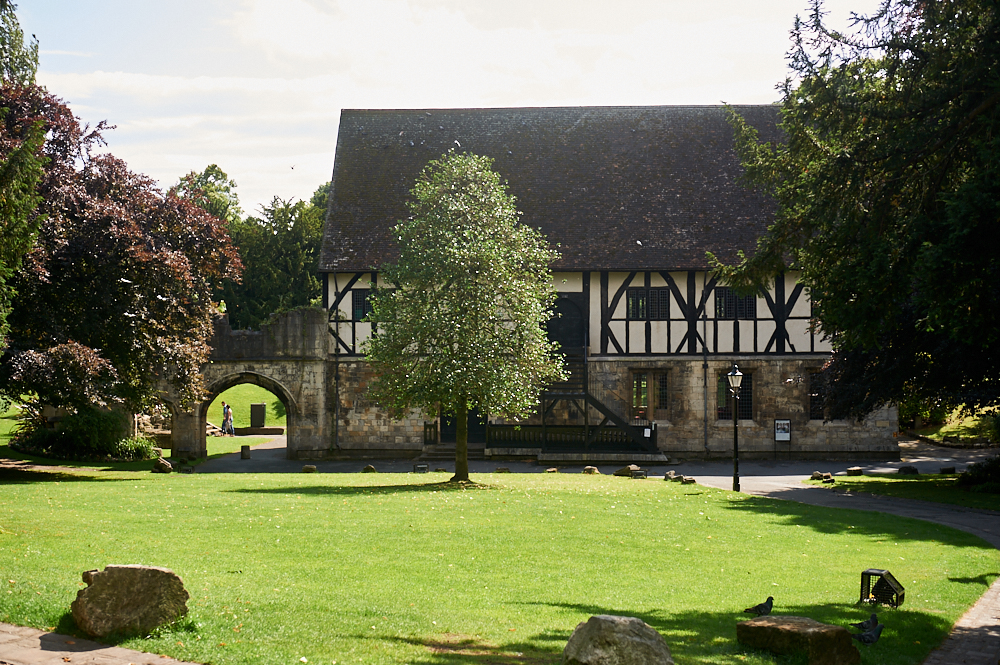
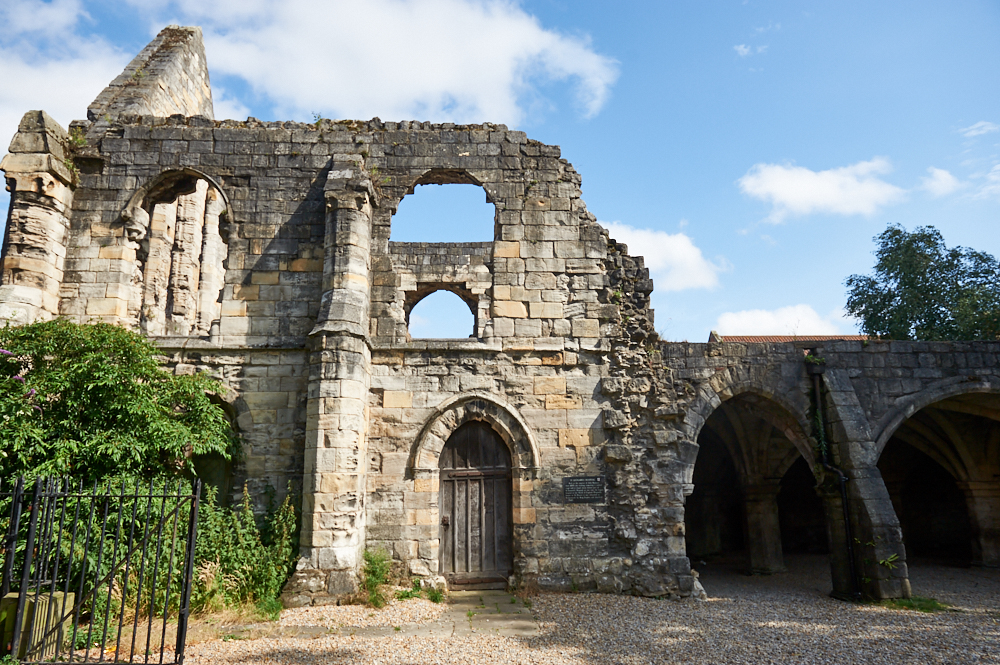
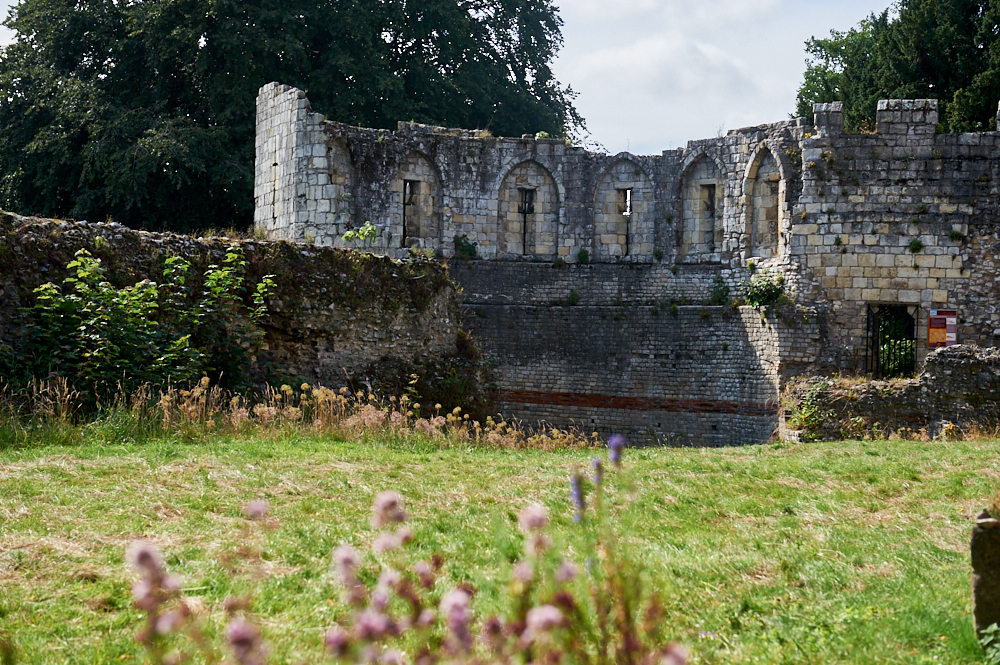
Remains of the Roman fort are on both sides of the gardens and then there is the tower which is partly Roman and Medieval.
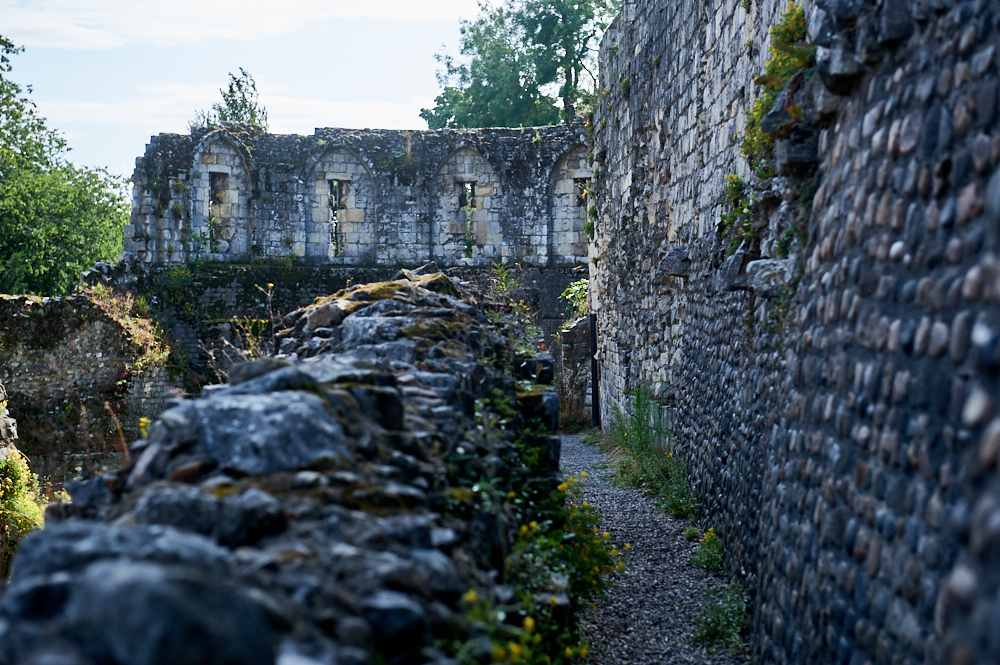
A 76-foot (23 m) section of 4th-century wall connects the Multangular Tower to a small interval tower. The side of the wall and towers facing into Museum Gardens is carefully faced in stone, as during the Roman period it was on display. The other side is rougher because it was originally covered by an earth bank. The wall and towers were still in use after the end of the Roman period in Britain, and were subsequently incorporated into the medieval city walls. (wikipedia)
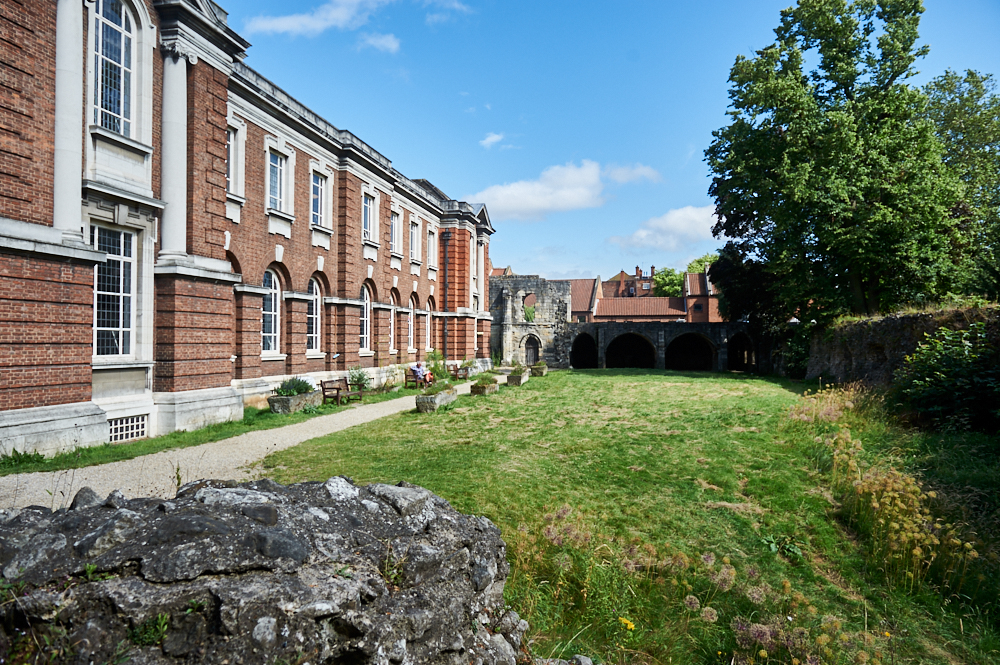
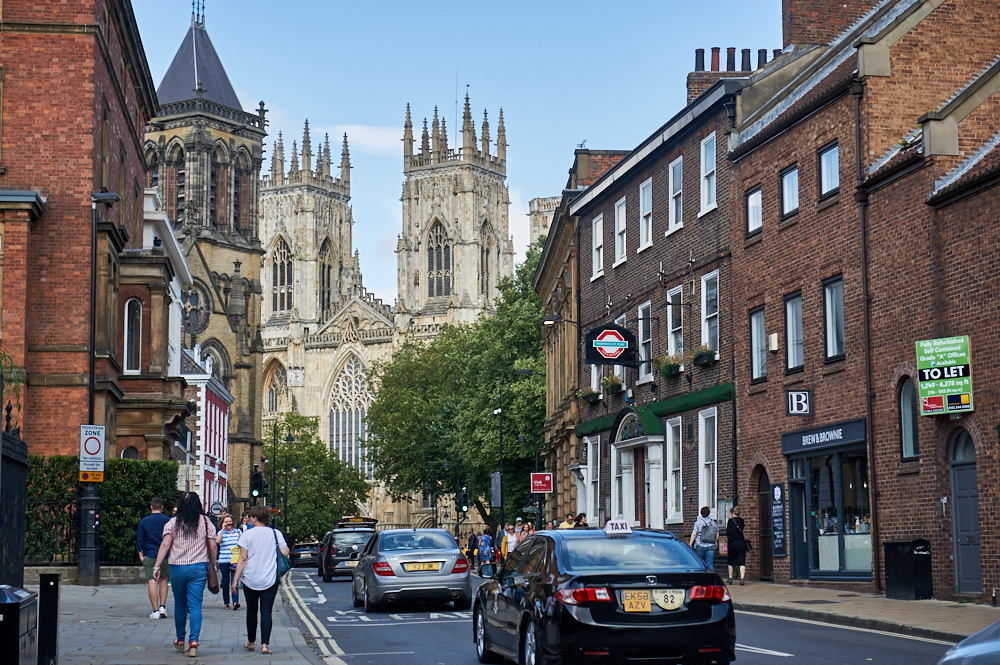
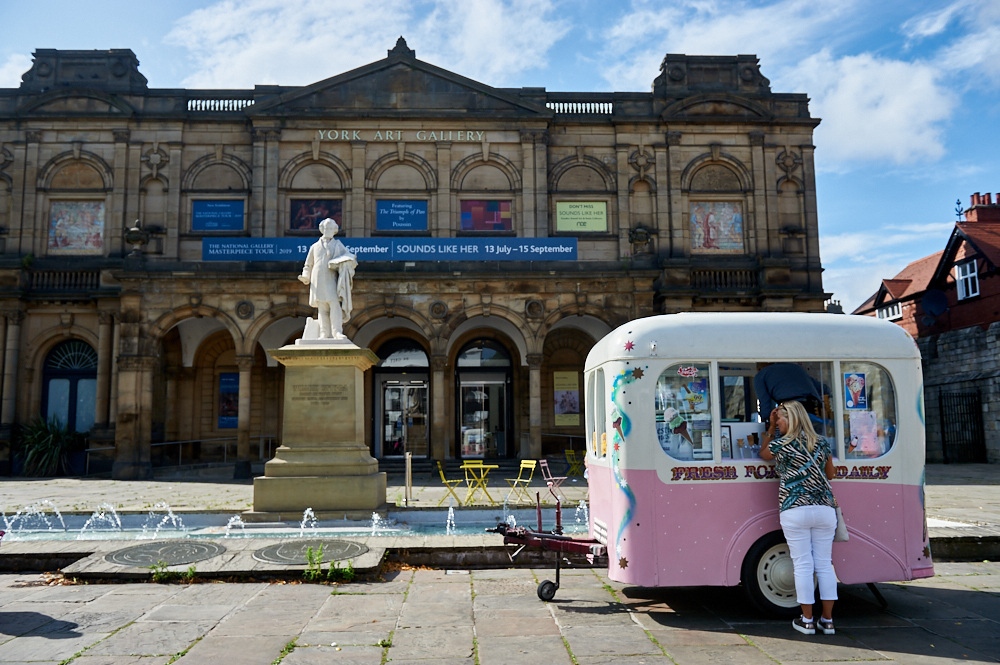
Leave a Reply